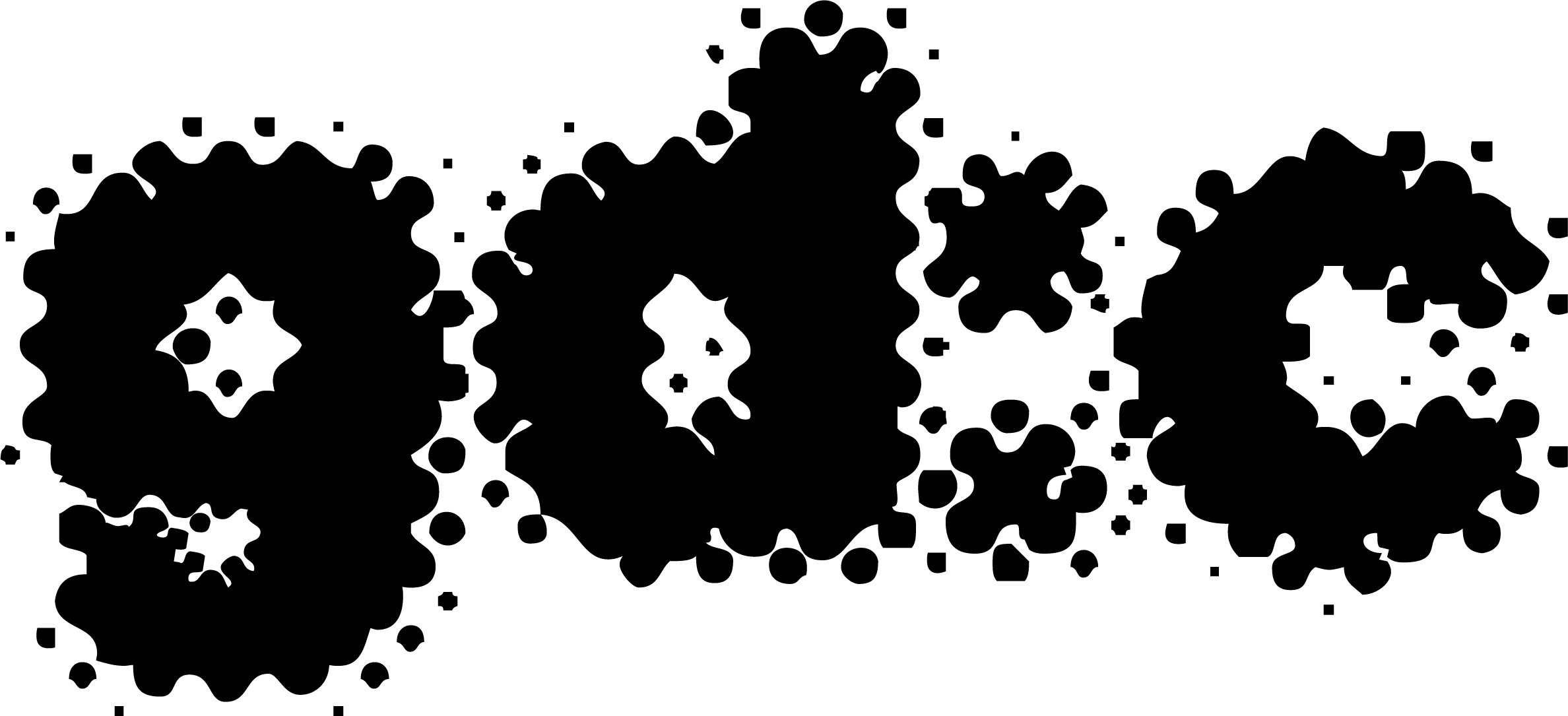In
Blog 2023
Continue Reading
A conversation with Tom Menger about colonial warfare: ‘There were great similarities between the empires’
This interview originally appeared in Einsichten, a journal about research being conducted at the LMU. We are grateful for their permission to repost it.
Germans often have a romanticised picture of the country’s colonial past. Many are unaware how brutal German colonial rule was, and many do not know that there were close ties between the colonial powers when it came to violence. Knowing this side of colonial history is important for how we shape the present, says historian Tom Menger. There are tour operators that advertise trips to Namibia – former German South West Africa – with slogans such as ‘Like vacationing at home, only more beautiful’ or ‘Nostalgic cities with a strong German flavour’. Was there something romantic about German colonialism? Menger: Not at all, I would say. Although this image does exist, it has little to do with reality. It was after the First World War in particular that the romanticisation of German colonialism took off. Maybe Germany losing its colonies in the First World War was part of the reason why Germans began to cultivate a romantic, nostalgic image of it. But the fact is that colonialism was always very strongly characterised by violence, sometimes by massive violence. What kind of violence? Menger: There were very many forms of violence. There was everyday violence, so to speak, such as the whippings to which workers on plantations were subjected. There was forced labour and so-called ‘punitive expeditions’. There were military campaigns, such as the German suppression of African resistance during the Maji Maji Rebellion in German East Africa, modern-day Tanzania. In this regard, I would highlight a form of violence that most people tend not to think of when it comes to colonialism: hunger wars and devastation – the massive and systematic destruction of villages and fields, of harvests and food supplies. These were attempts to strip resisting populations of their means of subsistence as a way of eliminating their ability to resist. Were the methods employed in such colonial wars different than those practiced in conflicts in Europe? Menger: Definitely. In addition to the hunger wars and devastation, there were massacres that were typical of many colonial wars. People were kidnapped, including women and children – it was common for whole villages to be taken away and interned. Sexual violence was often an everyday feature of war. And there was extreme violence as a sort of spectacle: mutilation, beheadings, displaying the bodies of the killed. This was designed to send a message to others.Seeking to learn from other empires: the German colonial officer Glauning translated into German this British manual for military expeditions in Africa.
How to burn down a village
What was this message that the violence was meant to communicate? Menger: It was about demonstrating one’s superiority to the enemy, and it was conceptualised in baldly racist terms. In English it was called the ‘moral effect’, and it was one of the points discussed in the handbooks of colonial warfare. Concepts such as the ‘laws of war’ have been around for a long time. Did the colonial powers knowingly violate this law? Menger: We’re talking about a time when Europeans did in fact attempt to lay down rules of war. Work on the Geneva Convention began in 1864, while the Hague Conventions go back to 1899. The guiding principle behind these regulations was that the civilian population should be protected, and armies should attack only the opposing army. So there was already a relatively clear sense of what was legitimate and honourable in war and what was not. This does not mean that European wars in this period weren’t destructive. But some things that were frowned upon in Europe were common practice in colonial wars. There was the notion that you fight a different kind of war against people seen as ‘savages’, for whom the rules of war need not apply. Were there really manuals on how to conduct war in the colonies? Menger: Yes, such handbooks were usually penned by the practitioners of colonial war; that is to say, veterans with long experience of this kind of war. They wrote about all sorts of things connected with war: from logistics to actual combat, about tactics and strategy. The manuals also contained practical guides to things like the best way to burn down a village. Really? Menger: Yes. Some manuals described which parts of a village tended to burn better than others. They recommended setting fire to the roof first when burning a hut. And that you should check which way the wind is blowing. And how to make sure you don’t end up standing in the middle of a burning village with no way out. All these things were candidly described in these manuals. These manuals have been around for over 100 years. Haven’t they been exhaustively studied already? Menger: Interestingly, no. Scholars have analysed some of them, but in their full breadth they have long remained unexplored. They are actually a very rich source for research into colonial violence.The era of colonialism was also an era of nationalism, where the countries of Europe sought to differentiate themselves from each other and highlight their distinctiveness. Were Germany, Britain, or France any different from other colonial nations in their conduct of war? Menger: Precisely this question is at the heart of my investigation. The answer is that there are great similarities in terms of warfare. The main differences come at the level of rhetoric, as the colonial powers strove to create a flattering self-image. Did the colonial powers share the same ideologies? Menger: They certainly shared the same racist attitudes. And springing from this, they had the same conception of how to treat their colonial subjects. Moreover, the exchange of information between colonial nations on subjects like warfare was important. In the early days of German colonial rule in the 1880s, for example, there were people like Hermann von Wissmann, who founded and moulded the colonial army in German East Africa, the largest of the German colonies. Wissmann had previously acquired experience in the service of King Leopold II of Belgium in the Congo. Incidentally, the Belgian Congo, as the colony later came to be called, is something of a misnomer, as British, French, and Dutch and other actors also played roles there. Colonial rule was always a very transnational enterprise. The historians Jonas Kreienbaum from the University of Rostock and Christoph Kamissek use the term ‘imperial cloud’ in this context. It describes the phenomenon very nicely, I think. ‘Cloud’ as in the internet cloud? But 130 years ago? Menger: It’s about the metaphorical idea that there is a knowledge base that can be accessed in a certain way from various empires. It is not limited to national borders. Although it’s often unclear where, by whom, and when this knowledge is accessed, it’s there and it spreads, like in the online cloud. Many people know precious little about the violence Germany exercised as a colonial power. Is that a problem? Why should people engage with the subject? Menger: It’s a phenomenon that helped shape the present. Our world of nation states and our global dependency dynamics. Understanding this legacy is a positive thing. If we accept that a culture of remembrance is valuable because we want to live in a democratic civil society, then it’s important to engage with our own history – including injustices that were committed in the past. This is something Germany has done quite successfully with the history of the Third Reich. And I think it’s worthwhile to come to terms with colonial injustices as well. Furthermore, there are growing numbers of people living in Germany for whom the violence of the colonial past is not something they can just ignore. For many immigrants – from Africa, for example – it is part of their own history, or at least the history of their ancestors. In this context, too, it’s important to have a shared culture of remembrance. There are some people who think that German historians and politicians have focused quite enough on violence during the Nazi dictatorship. Won’t people switch off if we start focusing on violence in the German colonial period as well? Menger: I’ve no doubt that there will be resistance. But it's not a valid argument, I think, to say that we’ve faced up to the Nazi period, so now we’re done. After all, when a society has successfully come to grips with one era of history, why should it not do the same for other periods?Wissmann‘s famous colonial handbook, published 1895. Already on its first page, it recommended its readers to study the British colonial wars.
citation information:
Menger, Tom. ‘A Conversation with Tom Menger about Colonial Warfare: “There Were Great Similarities between the Empires”’. Global Dis:Connect Blog (blog), 3 July 2023. https://www.globaldisconnect.org/03/07/a-conversation-with-tom-menger-about-colonial-warfare-there-were-great-similarities-between-the-empires/.
7 March 2023





